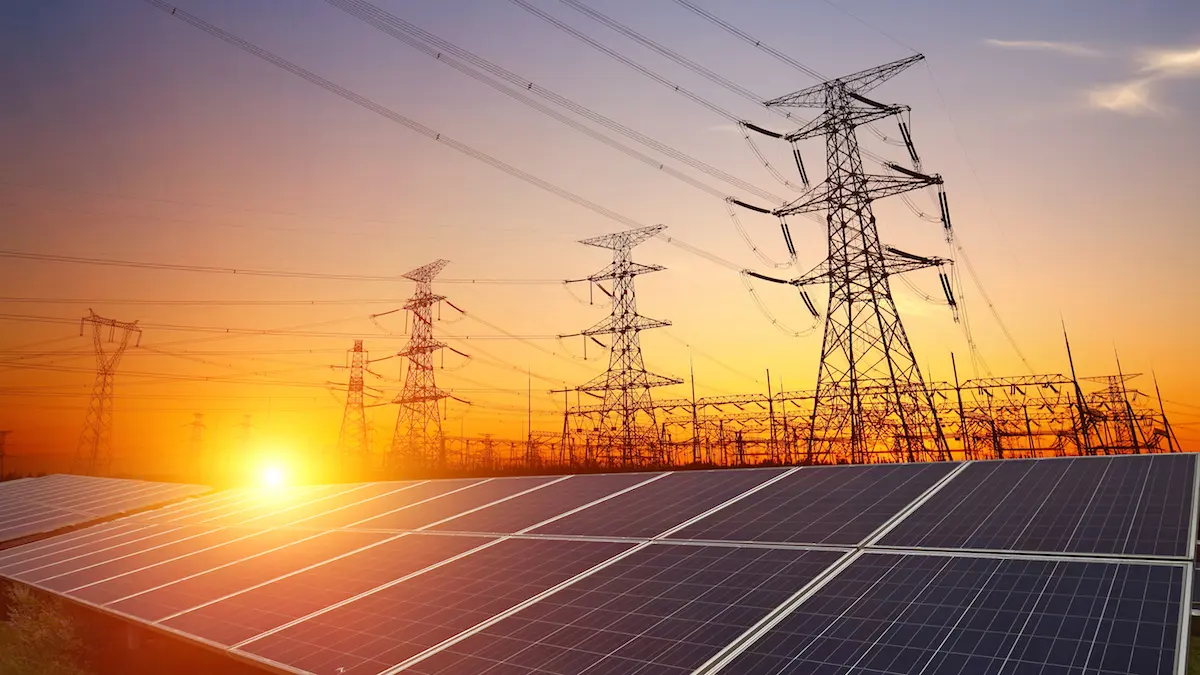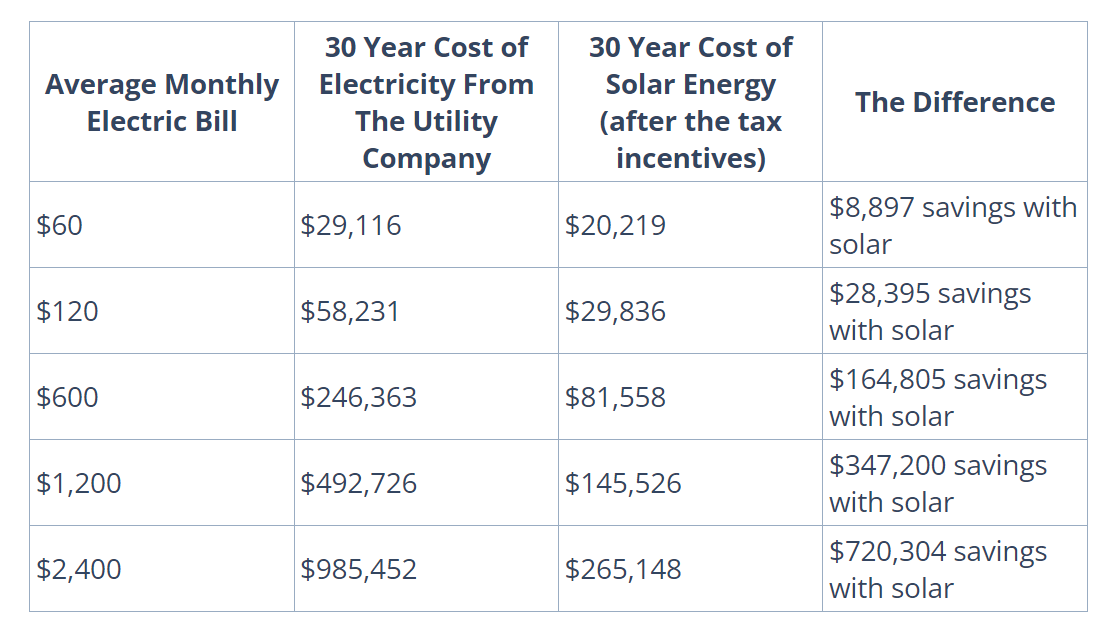We are all dependent on electricity currently and day. Most electrical lights and appliances operate on electric power for both residential and commercial environments.
Solar energy is a favorable alternative to energy that’s increased in popularity because of its ability to reduce costs and be environmentally friendly.
There are numerous investment options to choose from and it is sometimes difficult to determine if something will really allow you to save lots of money. Performance and cost are key factors when you are deciding whether to go with solar energy or regular electricity.
This article describes how solar power stacks up against electricity based on two key factors: performance difference and electricity cost. By examining these aspects, we can gain a better understanding of which option is better suited for meeting our energy needs sustainably.
1. Performance Difference
-
Solar Energy:
Solar energy systems consist of photovoltaic (PV) panels that convert sunlight into electricity through the photovoltaic effect. The performance of solar energy systems primarily depends on sunlight availability and the efficiency of the panels. In regions with abundant sunlight, solar panels can generate a significant amount of electricity, making them highly effective.
The efficiency of solar panels has improved over the years, with advancements in technology and manufacturing processes. Modern solar panels can convert a higher percentage of sunlight into usable electricity, maximizing their performance. However, solar energy generation may fluctuate due to weather conditions, such as cloud cover or seasonal changes. While solar panels can still generate electricity on cloudy days, their output may be reduced compared to sunny days.
-
Utility Electric:
Utility electrical power relies on centralized power plants that generate electricity through various methods, such as coal, natural gas, or nuclear power. The performance of utility electrical power is not directly affected by sunlight availability. However, it can be influenced by factors like system maintenance, transmission losses, and peak demand periods.
Utility electrical power provides a consistent and reliable energy supply regardless of weather conditions. Power plants can adjust their operations to meet the demand, ensuring a steady flow of electricity to consumers. However, the performance of utility electrical power can be impacted by maintenance requirements, aging infrastructure, and unforeseen events such as power outages or equipment failures.
-
Comparison:
When considering the performance difference, solar energy’s effectiveness relies on sunlight availability and the efficiency of the panels. Solar energy’s performance is intrinsically linked to the presence of sunlight. In regions with ample sunshine, solar panels can produce a substantial amount of electricity. However, solar energy generation may fluctuate due to weather conditions. Utility electrical power provides a consistent and reliable energy supply regardless of weather conditions.
It is important to note that combining solar energy with storage systems, such as batteries, can enhance its performance by providing electricity even during non-sunlight hours. Battery storage allows homeowners or businesses to store excess solar energy generated during the day and use it when the sun is not shining, increasing the overall reliability of solar energy systems.
2. Electricity Costs
-
Solar Energy:
One of the key advantages of solar energy is its potential to reduce electricity costs. Once installed, solar panels produce electricity at no additional fuel cost, making them a renewable and cost-effective source of energy. The initial investment required for solar panel installation can be offset by long-term savings on electricity bills, especially as solar technology continues to improve and become more affordable.
-
Utility Electric:
The cost of utility electrical power is determined by various factors, including fuel prices, infrastructure maintenance, and distribution costs. These expenses can fluctuate over time, leading to changes in electricity prices for consumers. Additionally, dependence on non-renewable energy sources like coal and natural gas can make utility electrical power susceptible to price volatility.
Below is a breakdown of the cost and potential savings of continuing to purchase electricity from the utility company versus purchasing a solar energy system. These numbers will vary based on your location and the utility company that you’re connected with. The numbers are representative of the average situation.
Source: Paradisesolarenergy.com
-
Comparison:
In terms of electricity cost, solar is much less expensive than electricity. Solar power is a low-cost alternative if you’re struggling to cope with the increasing cost of electricity. Solar energy has the potential for long-term savings once the initial investment is recouped through reduced electricity bills. It can help you get rid of the need to rely on your local utility provider. Utility electrical power costs are subject to market fluctuations and can increase due to rising fuel prices or infrastructure upgrades.
3. Solar Energy VS. Utility Electric, how to choose?
Both solar energy and utility electrical power have their distinct advantages and considerations. Solar energy offers environmental sustainability, long-term cost savings, and the potential for energy independence. However, it is dependent on sunlight availability and can have intermittent output. On the other hand, utility electrical power provides a consistent energy supply but is associated with higher costs and reliance on non-renewable energy sources.
the choice between solar energy and utility electrical power depends on individual circumstances, such as location, budget, and energy requirements. Factors such as sunlight availability, electricity rates, incentives, and environmental considerations should be carefully evaluated when making a decision.
Ideally, a combination of both sources can be leveraged to maximize benefits, reduce environmental impact, and achieve a more resilient and sustainable energy future. By incorporating solar energy into the existing electrical grid, we can harness the advantages of both systems while diversifying our energy sources and reducing our carbon footprint.



